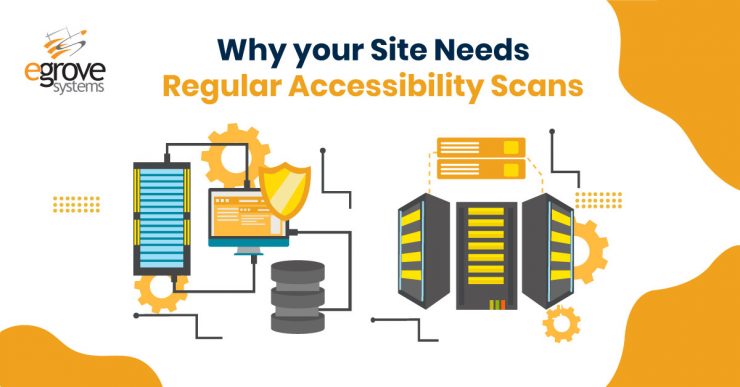One of the most important aspects of web page performance is accessibility as defined by meeting standards such as the Web Content Accessibility Guidelines (WCAG). Web accessibility is the process of making sure that the web can be navigated and understood by all people, regardless of what tools they use to browse and what disabilities they have. Accessibility is critical for several reasons: site owners want more people to be able to experience their site, they don’t want people to become upset at being unable to access content, and inaccessibility may have negative effects on important SEO metrics.
Content Accessibility
Accessibility takes place at many levels, such as the settings in the operating system and browser, but authors of web content can’t control these aspects and should only worry about making their content as accessible as possible. However, they should make sure that their content uses formats that can make use of browser or media player settings meant for adapting to disabilities.
WCAG requires web content to be perceivable by different methods and senses, operable in more than one way, understandable so users know what effects they have on the page, and robust to changes in software and hardware over time.
Disability Needs
Accessibility guidelines like WCAG recognize that not everyone views the Web in the same way. People with hearing issues need captions, transcripts, or other text alternatives for any audio content. Those with vision impairments need the ability to magnify text, get audio descriptions for video and image content, and text labels that can be translated into speech with screen readers. Those with motor impairments need to be able to interact without time constraints or hard-to-reach inputs like complex touchscreen swipes.
In addition to these kinds of obstacles, there are other situations where people may be unable to engage with your content as intended if they don’t have the right browser or interface. Many sites are not mobile-friendly, and others aren’t conducive to browsing without a mouse or keyboard. These limitations can affect many people based on their access to devices or their preferences when it comes to browsing, so it’s best to also consider how important it is to support these requirements as well.
The Need for Accessibility Scans
With over 100 standards in WCAG, it can be difficult to track whether your content complies with all of them. Ideally, content authors can keep them in mind when creating new content, but this is not always possible with multiple authors and a large amount of content. For this reason, getting a regular scan of your website that automatically checks for compliance with accessibility standards is a valuable feature for improving the quality of your content.
A weekly site audit can include an accessibility scan that checks for many common accessibility issues based on WCAG, Accessible Rich Internet Applications (ARIA), and mobile accessibility. They can then offer suggestions for corrections and additions that will improve accessibility. First, they can validate HTML and ARIA code to see if it is functioning properly. They can also tell you if elements used inaccessibility such as labels, alternative text, and more are being used or if they’re left blank.
Read also:-What to Know About Web Accessibility Lawsuits
More complex tools such as wave can show the human perspective combined with automated scans, checking for unused, duplicated, or misused elements. Scans can point out issues such as low colour contrast that makes pages hard to read, and heading and structure issues that make it hard to navigate.
Keep in mind that scans can’t detect subjective elements of accessibility like how the appearance of a page may make it harder to read on certain screens or devices. Testing manually may be the only solution for this. However, it can spot indications that a page displays badly, giving you a starting point and saving you a great deal of time testing each page. Once the scan has been run, it’s time to fix lingering issues and focus on the quality of your content.
Web page performance is one of the key elements of a regular site audit, so accessibility should always be tracked by your site’s analytics tools. Scan for accessibility standards to give your users a better experience.
















Add comment